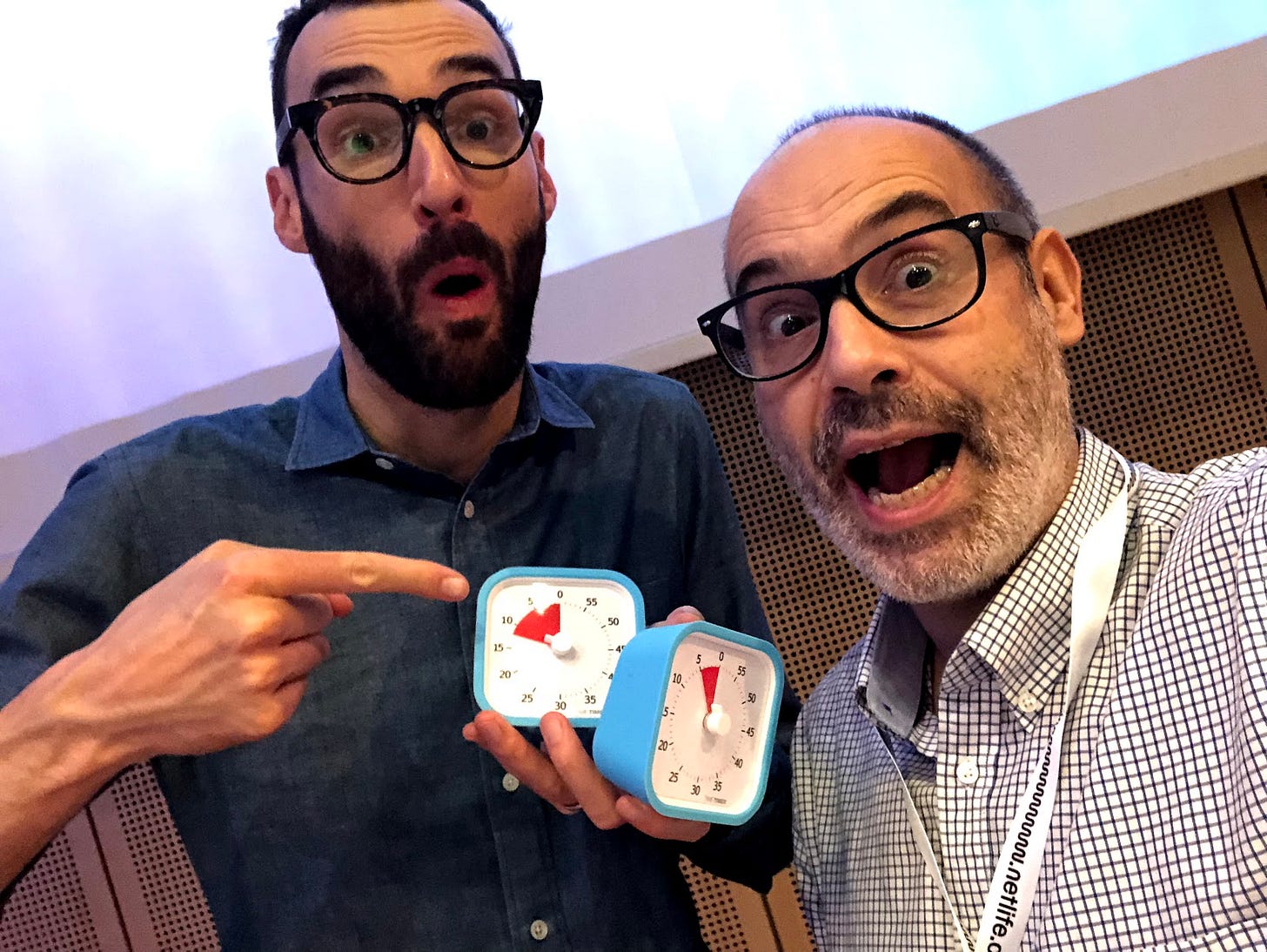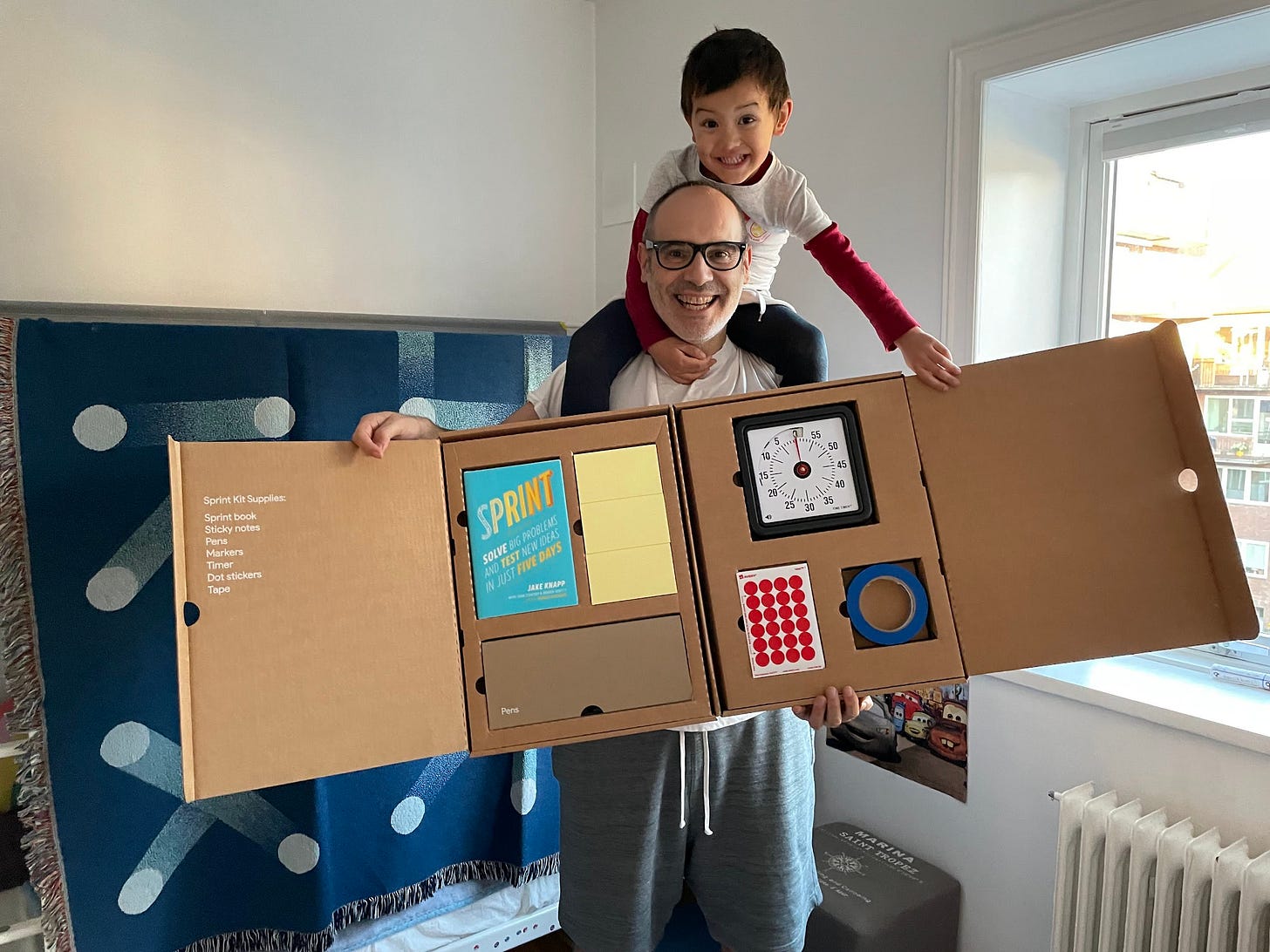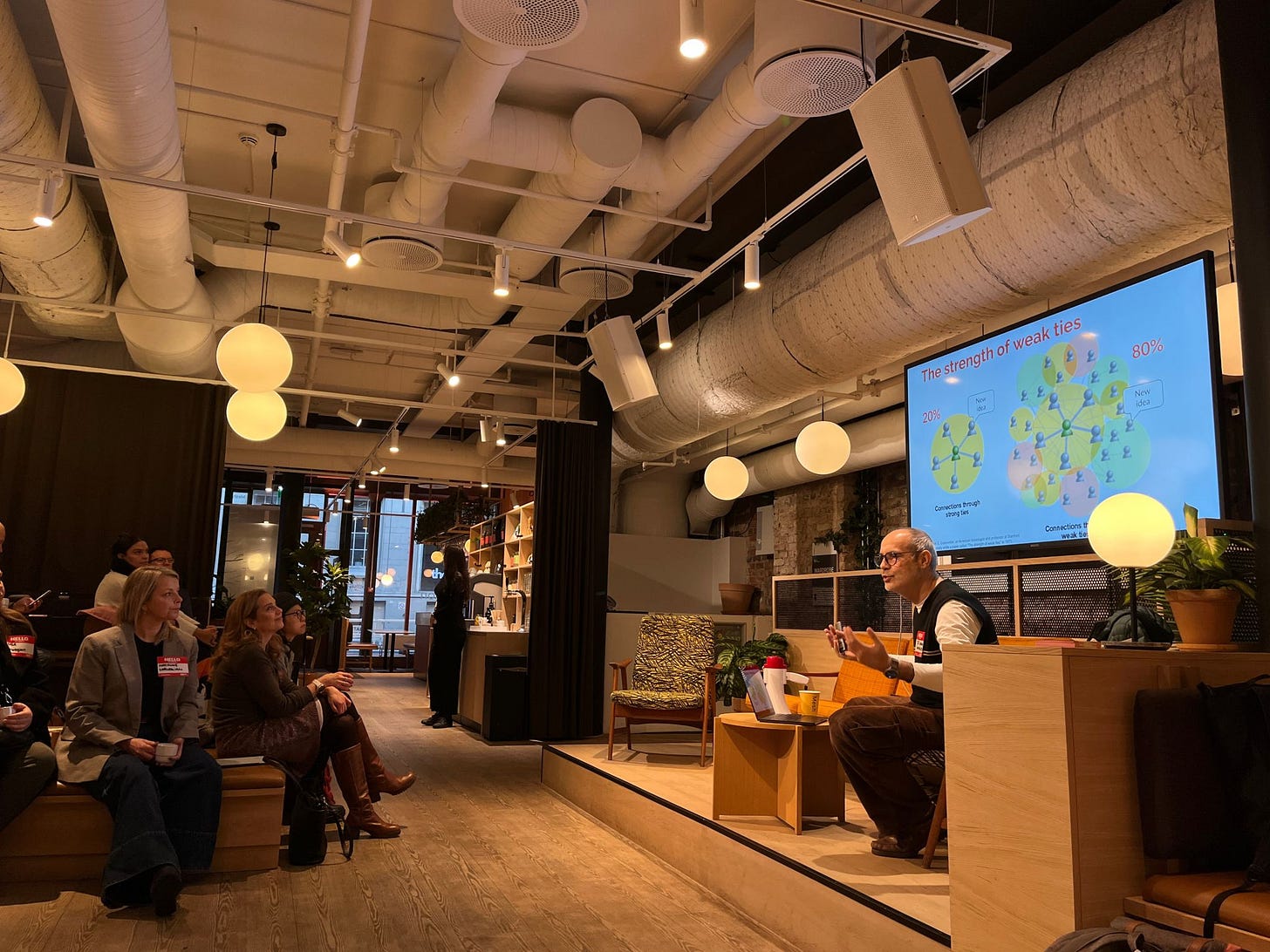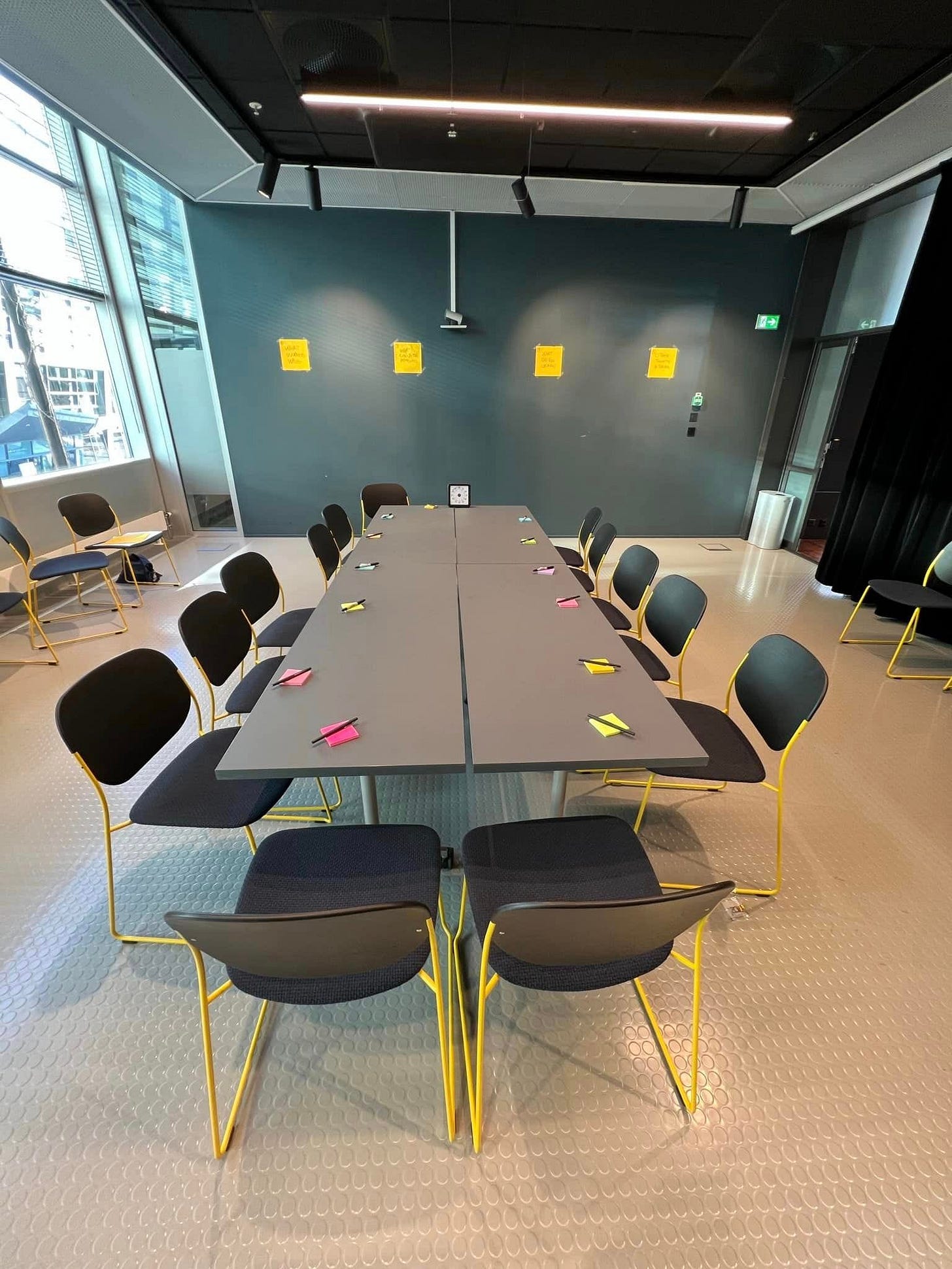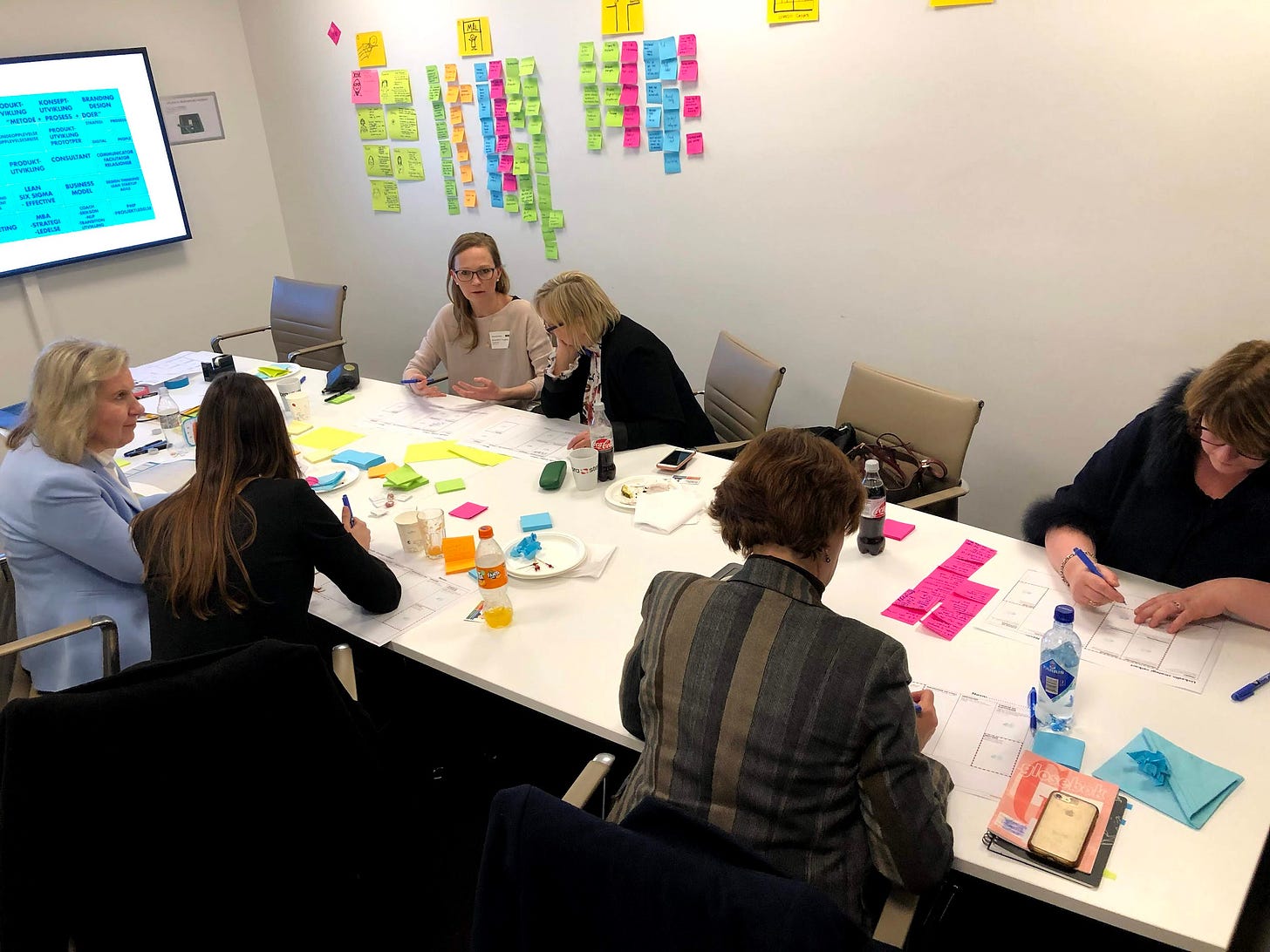Facili-station
Facili: comes from the latin adjective meaning "easy and easy to do."
Station: “a place where a specified activity or service is based” or “a place on a railway line where trains regularly stop so that passengers can get on or off”.
Facili-station is the place where people who want to make things easier for others (facilitators, designers and leaders) gather to learn, be inspired and keep themselves informed on the latest methods to run better workshops, build agile organizations, harness the power of design, take care of the people side of changes, accelerate teams, uncover new ideas and redesign your career: tools, frameworks, exercises, tips & tricks and DOs & DON'Ts.
So what’s this about?
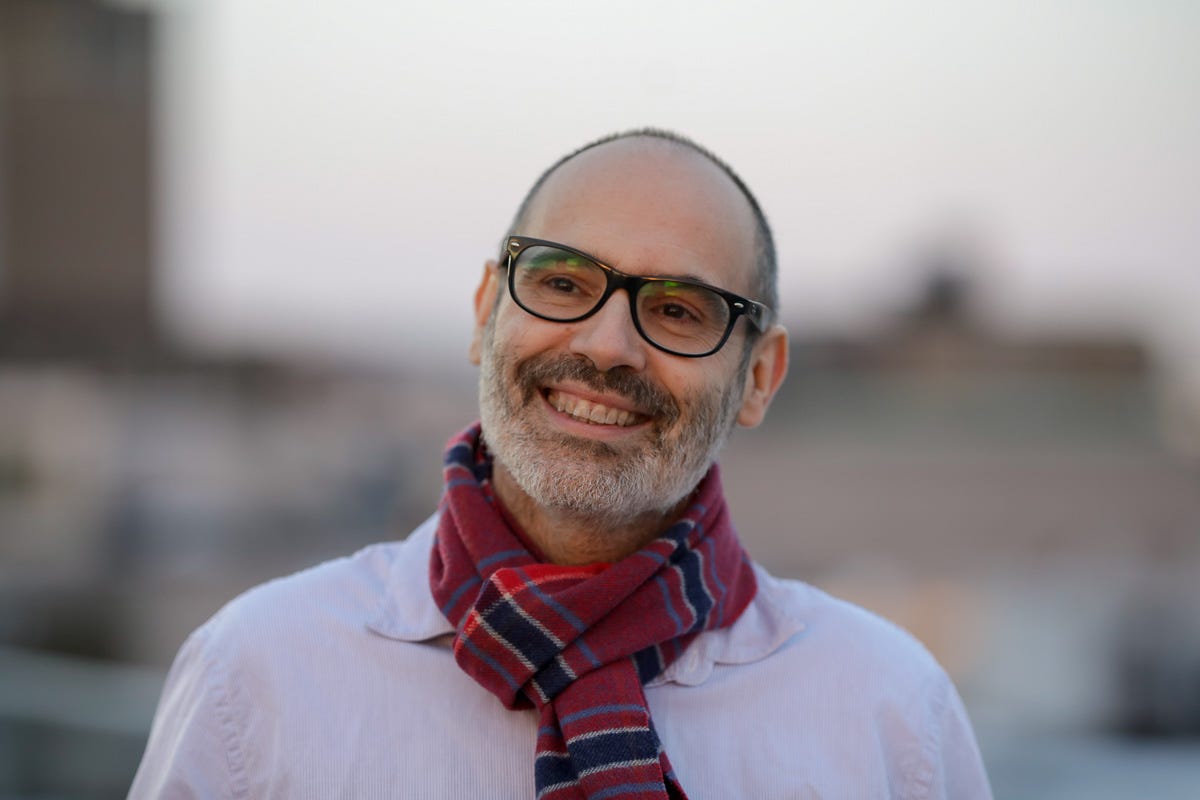
My name is Jose and I am a facilitation and agility geek living in Oslo (Norway).
This is a open, joyful and safe place for me to dump my 20+ years of knowledge and advice from designing and facilitating workshops in both big corporates, startups and NGOs, all over the world, coaching, leading and developing teams through transformations, and making change and innovation happen by aligning business and people needs by winning hearts and minds.
It is a special place for me where I can both create and curate really cool content that truly speaks and means a lot to me, and hopefully to you as well.
I am passionate and like writing about leadership, agility, personal development, design led innovation, team collaboration, facilitation and workshops.
I ❤️ to work as FACILITATOR and COACH !!
I have spent much of my past 20+ years studying, designing and advising gatherings whose goals where to be transformative for the people involved and the communities they were trying to affect.
As FACILITATOR and COACH, I am someone trained in the skill of shaping group dynamics, collective and personal conversations.
My job is to put the right people in a room and help them to collectively think, dream, argue, heal, envision, trust and connect for a specific larger purpose. I strive to help people experience a sense of belonging.
As FACILITATOR and COACH, I am a process and a conversation designer and help organisations and teams to solve complex problems and make decisions by bringing them together, creating alignment and helping them to actually collaborate, so they can move forward and get things done, creating better solutions, faster, one workshop at a time.
When I design and run workshops my goal is to create an experience that shifts a group of people to a new trajectory, to transform teams and companies long after we work together. I do it by co-creating powerful and engaging conversations using the design thinking tools.
New to facilitation and workshops? Read this
When and how do you introduce workshops and meetings ground rules
Workshop and meeting ground rules: tons of examples here for you to use
Why subscribe?
Subscribe to get full access to the newsletter and website, and never miss an update.
I share something every Friday:
It might be something about workshop design, facilitation, team dynamics and / or leadership.
It might be something about books, tools and frameworks we liked, enjoyed and found useful
It might be something about visual thinking drawings to help create clarity and understanding.
It might be some pearls of knowledge and nuggets of wisdom that hopefully will trigger some kind of inner reflection and insights.
Stay up-to-date
You won’t have to worry about missing anything. Every new edition of the newsletter goes directly to your inbox each Friday.


